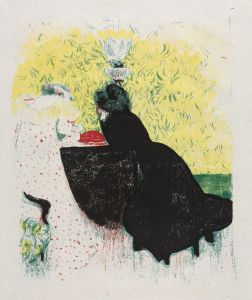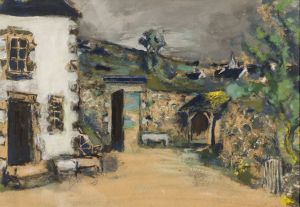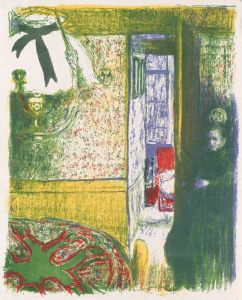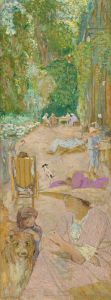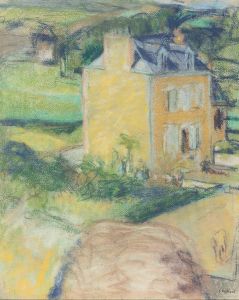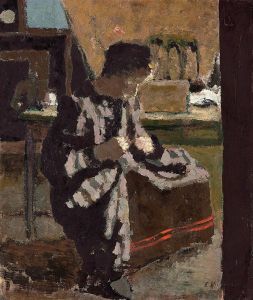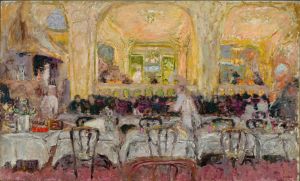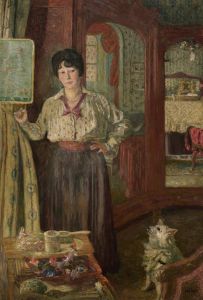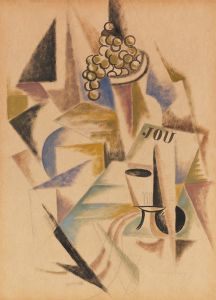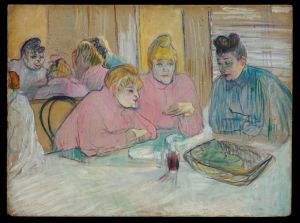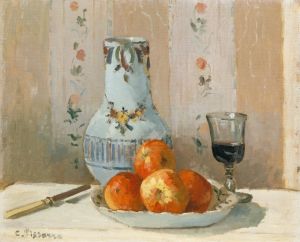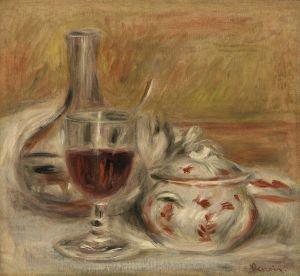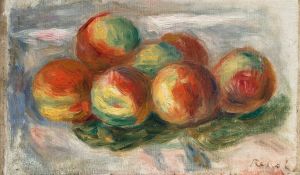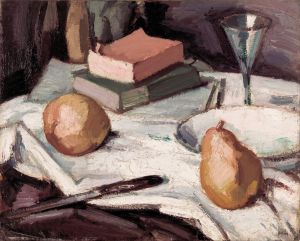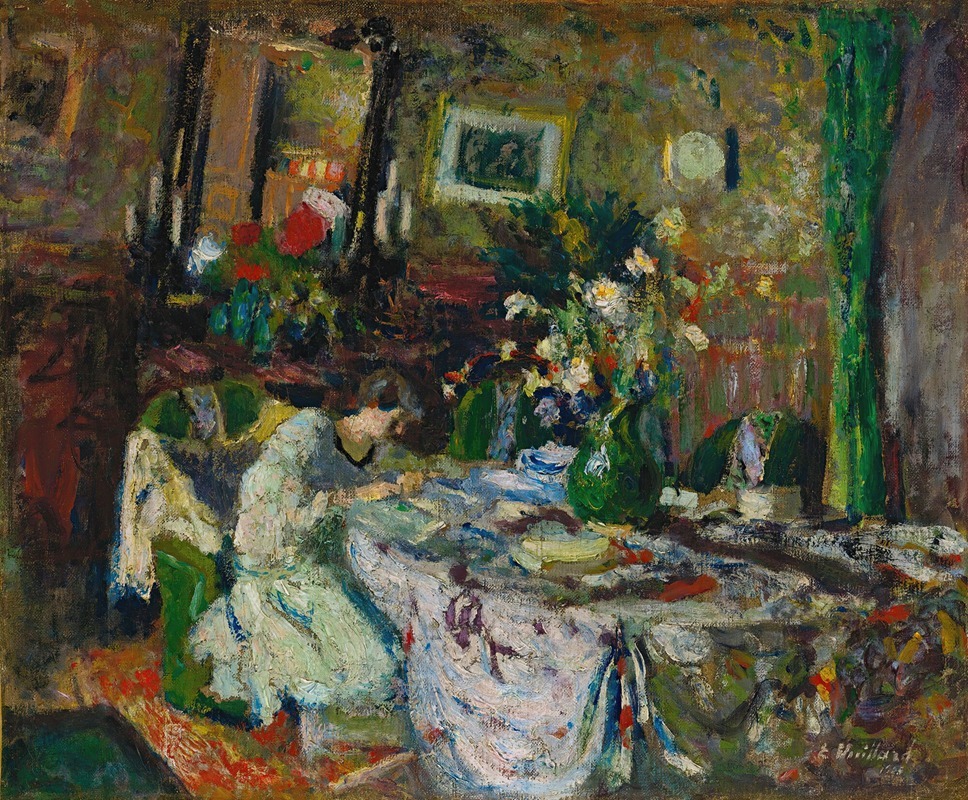
Marcelle Aron Dans La Salle À Manger Au Château-Rouge
A hand-painted replica of Édouard Vuillard’s masterpiece Marcelle Aron Dans La Salle À Manger Au Château-Rouge, meticulously crafted by professional artists to capture the true essence of the original. Each piece is created with museum-quality canvas and rare mineral pigments, carefully painted by experienced artists with delicate brushstrokes and rich, layered colors to perfectly recreate the texture of the original artwork. Unlike machine-printed reproductions, this hand-painted version brings the painting to life, infused with the artist’s emotions and skill in every stroke. Whether for personal collection or home decoration, it instantly elevates the artistic atmosphere of any space.
Édouard Vuillard, a prominent French painter associated with the Nabi movement, created the painting "Marcelle Aron Dans La Salle À Manger Au Château-Rouge" in the early 20th century. Vuillard is known for his intimate domestic interiors and his ability to capture the subtleties of everyday life, often featuring members of his own family or close friends in his works.
The painting "Marcelle Aron Dans La Salle À Manger Au Château-Rouge" depicts Marcelle Aron, a figure who appears in several of Vuillard's works. The setting is a dining room, specifically at Château-Rouge, which was a location frequented by Vuillard and his circle. This painting exemplifies Vuillard's characteristic style, which includes a rich tapestry of patterns and textures, a muted color palette, and a focus on the interplay of light and shadow within interior spaces.
Vuillard's technique often involved the use of distemper, a type of paint made by mixing pigments with a binding agent such as glue. This medium allowed him to achieve a matte finish and subtle gradations of color, which are evident in the soft, atmospheric quality of "Marcelle Aron Dans La Salle À Manger Au Château-Rouge." The painting reflects Vuillard's interest in the decorative arts and his ability to integrate figures seamlessly into their environments, creating a sense of harmony and intimacy.
The composition of the painting is carefully constructed, with Marcelle Aron positioned within the dining room in a way that draws the viewer's attention to her presence while also emphasizing the surrounding space. Vuillard's use of pattern is particularly notable, as he often incorporated intricate designs from wallpapers, fabrics, and other decorative elements into his works. This attention to detail creates a layered visual experience, inviting viewers to explore the relationships between the figure, the setting, and the various textures present in the painting.
Vuillard was a member of the Nabis, a group of avant-garde artists who sought to break away from traditional academic art and explore new forms of expression. Influenced by Symbolism and the work of Paul Gauguin, the Nabis emphasized the importance of color, pattern, and the subjective experience of the artist. Vuillard's work, including "Marcelle Aron Dans La Salle À Manger Au Château-Rouge," reflects these principles through its focus on mood, atmosphere, and the personal connections between people and their environments.
Throughout his career, Vuillard maintained a close connection with his family and friends, often drawing inspiration from his immediate surroundings. His paintings frequently feature domestic scenes that convey a sense of warmth and familiarity, capturing moments of quiet reflection and everyday life. "Marcelle Aron Dans La Salle À Manger Au Château-Rouge" is a testament to Vuillard's ability to transform the ordinary into the extraordinary, using his keen observational skills and mastery of color and composition to create a work that resonates with viewers on an emotional level.
In summary, "Marcelle Aron Dans La Salle À Manger Au Château-Rouge" is a quintessential example of Édouard Vuillard's artistic style and thematic interests. Through his use of pattern, color, and composition, Vuillard creates a painting that is both intimate and complex, inviting viewers to engage with the subtle beauty of the everyday world.





